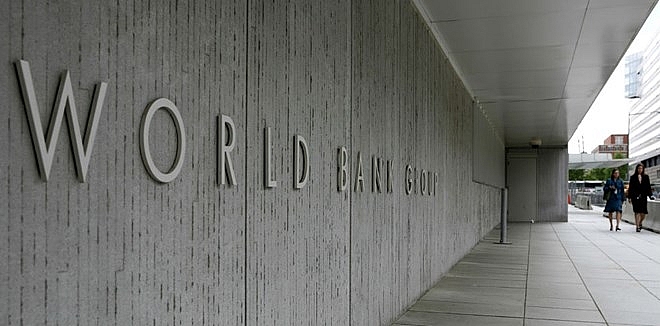WB upbeat about growth prospects in East Asia and Pacific
 |
| The World Bank has forecast that growth in developing East Asia and Pacific economies is expected to remain strong and reach 6.3 percent in 2018 (Source: www.finchannel.com) |
The April 2018 edition of the World Bank East Asia and Pacific Economic Update released on April 12 underscores that even with favorable prospects, policy makers in the region will be well advised to recognise and address emerging challenges.
Attending to the short-term risks associated with a faster-than-expected rise in interest rates in advanced economies and possible escalation of trade tensions will require tighter monetary policy and larger fiscal buffers. To raise growth in the longer term, boosting public and private investment, productivity growth, and human capital will be key.
After growing faster than anticipated in 2017, China is expected to slow moderately to 6.5 percent in 2018 as its economy continues to rebalance away from investment and towards domestic consumption with policies that focus more on slowing credit expansion and improving the quality of growth.
Excluding China, growth in developing EAP countries is expected to remain stable in 2018 at 5.4 percent, reflecting continued robust domestic and external demand. Growth in Indonesia and Thailand is expected to strengthen in 2018, with improved prospects for investment and private consumption. In the Philippines, growth is likely to remain stable in 2018. In Malaysia and Vietnam, growth is expected to ease, as public investment moderates in the former and agricultural production stabilises in the latter after rebounding in 2017.
Prospects for several of the smaller economies are generally favorable, in part due to higher commodity prices. In Myanmar, economic growth is projected to rise in 2018, although investment prospects could deteriorate with the ongoing developments in Rakhine State. Mongolia’s higher growth is predicated also on continued macroeconomic stabilization. Papua New Guinea could experience a cyclical recovery as commodity prices rise, although the recent earthquake could hurt prospects. Growth in Cambodia is expected to pick up slightly, while Lao PDR will likely see stable growth.
To address risks to macroeconomic stability, the WB suggested countries consider tightening monetary policies and further strengthening macro prudential regulations. This will be particularly important in countries where high debt levels or rapid credit growth could exacerbate vulnerabilities in their financial sectors as interest rates are raised in advanced economies.
To address moderating growth prospects across the region in the medium term, the WB said countries will need to find ways of raising their long-term potential growth. This could include a mix of measures aimed at: improving public spending and infrastructure provision; deepening trade integration and improving trade facilitation; implementing reforms to enhance competitiveness; and building human capital.
With continued threats to the global trading system, developing EAP can respond by deepening its own trade integration and facilitation, through such mechanisms as the ASEAN Economic Community, the Comprehensive and Progressive Agreement for Trans-Pacific Partnership, and the Belt & Road Initiative.
Improving competitiveness will also be important for countries in the region as they seek to adjust to the ongoing changes in the manufacturing landscape with the evolution of technology, according to the WB.
What the stars mean:
★ Poor ★ ★ Promising ★★★ Good ★★★★ Very good ★★★★★ Exceptional
Related Contents
Latest News
More News
- 72 nations sign landmark Hanoi cybercrime convention (October 26, 2025 | 18:00)
- UN Secretary-General commends Vietnam’s global leadership (October 26, 2025 | 09:00)
- APEC finance ministers convene to tackle regional challenges (October 22, 2025 | 17:31)
- Rewiring global trade: ASEAN’s rise as supply chain hub (October 17, 2025 | 11:40)
- Vietnam attends first World Nuclear Week Forum in Russia (September 26, 2025 | 10:50)
- Vietnam attends 69th session of IAEA General Conference (September 16, 2025 | 10:00)
- ADB, WB pledge over 12 billion USD for ASEAN power grid, renewable energy projects (August 15, 2025 | 14:18)
- Lowy Institute proposes AI-based tobacco control solutions for ASEAN (August 15, 2025 | 14:14)
- Cloud computing policy to position Malaysia as regional hub by 2030 (August 15, 2025 | 14:11)
- Thailand, Cambodia suffer numerous cyber attacks (August 05, 2025 | 16:19)

 Tag:
Tag:





















 Mobile Version
Mobile Version